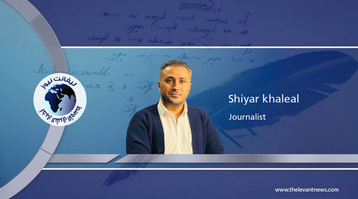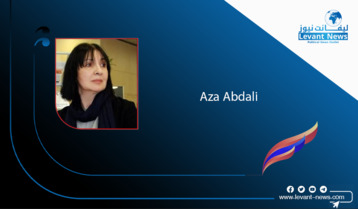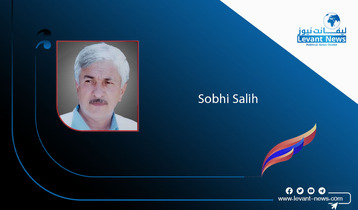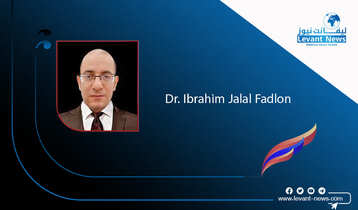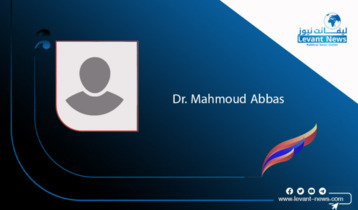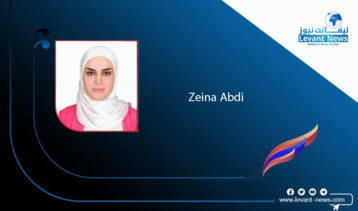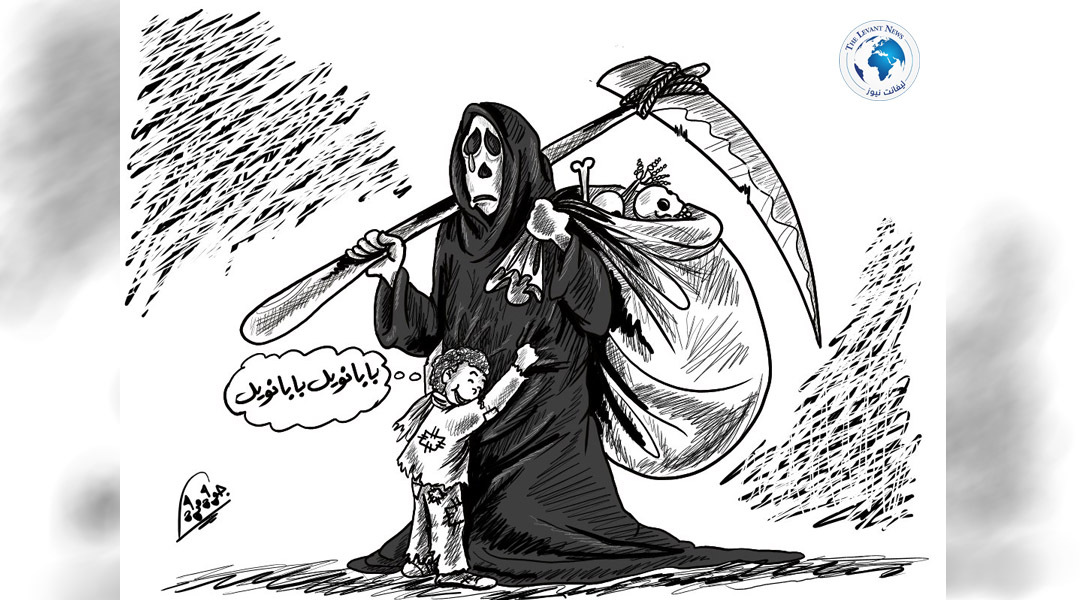-
Why Does Arab Media Celebrate Visits by a Transitional Leader?
-
An Analytical Review of Media Exaggeration Backgrounds
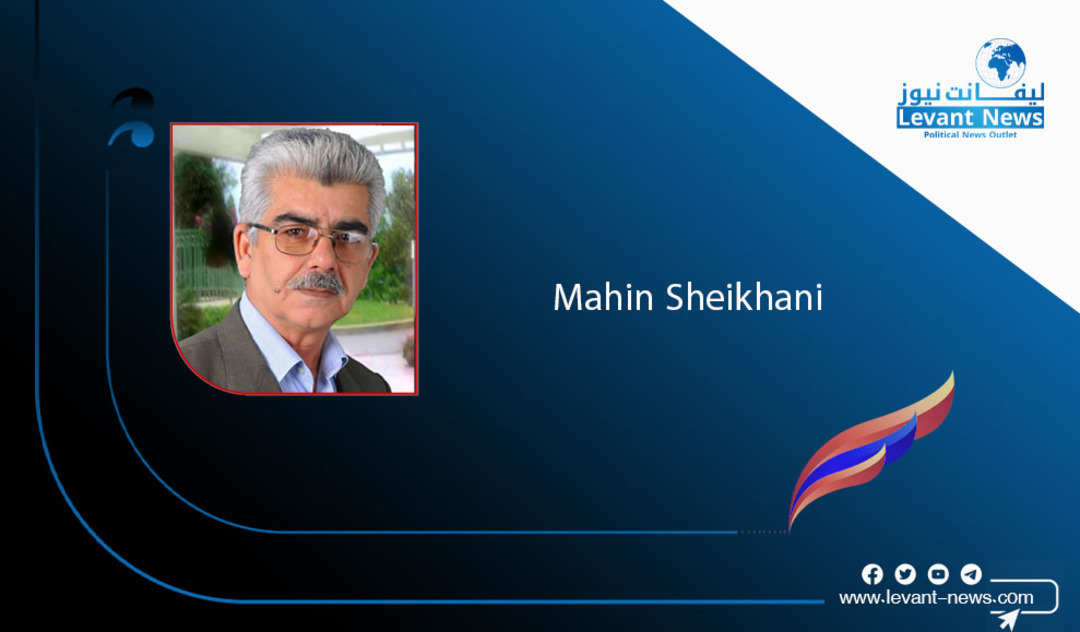
Introduction: Between the Image of the Leader and Narrative Construction
Since Ahmed Al-Shar’s name emerged as the head of the interim authority in Syria, about ten months ago, the Arab media coverage of his visits and movements has intensified—from his Gulf tours to his recent trip to Moscow.
But behind this wave of media enthusiasm lie precise political and economic calculations that go beyond ordinary news, aiming to shape a new reality that some regional powers are trying to define in the upcoming Syrian scene.
So, why all this cheering? What makes Arab media inflate Al-Shar’s movements in this way?
First: From an Interim Authority to the Kremlin — A Symbolic Event
Al-Shar’s visit to Moscow is not merely a protocol stopover; it is a dual message:
On one hand, Al-Shar seeks to position himself as an international partner in managing the Syrian file.
On the other hand, Moscow wants to show that it remains the key player in the Syrian geography, even after the fall of the previous regime.
Reliable sources indicate that the meetings discussed highly sensitive issues:
The Russian military presence, the fate of the bases in Tartous and Hmeimim, and the legal status of Bashar Al-Assad, who reports suggest has been living in Moscow since his regime’s collapse.
Second: Gulf Media and the Business of “Political Promotion”
The Gulf media’s interest in Al-Shar’s movements is not emotional or gratuitous; it is linked to clear economic and political interests:
Economy and Reconstruction: Gulf states see Syria as a huge market for reconstruction and need a “moderate political face” to deal with. Marketing Al-Shar’s image makes it easier to open doors for future projects and investments.
Lifting the Isolation: Heavy coverage of his visits paves the way for re-establishing diplomatic relations with the new Syria and prepares the Arab public opinion to accept a “post-Assad” phase.
In this equation, media becomes a tool for political and economic groundwork, not just news transmission.
Third: Building the “Acceptable Alternative”
The media cheering for Al-Shar also aims to create a legitimate alternative aligned with specific regional forces.
After the fall of the previous regime, Arab capitals seek a “non-problematic” figure representing stability—neither revolution nor the extremist opposition.
Thus, Al-Shar is presented as a “transitional figure” who can be integrated into any regional deal or international understanding.
Fourth: Moscow and the Interests of Survival
Russia knows its position in Syria cannot rely solely on military strength.
Al-Shar’s visit gives Russia a chance to reorganize its cards:
Securing long-term military presence,
Repackaging itself as a guarantor of stability,
Testing the limits of cooperation with the new Syrian leadership.
In this context, Arab media becomes an indirect amplifier of Russian diplomacy, depicting Al-Shar as “acceptable to all.”
Fifth: Washington Between Caution and Pragmatism
The United States, for its part, approaches cautiously.
It views Al-Shar more as a temporary security ally than a full-fledged political partner.
Washington remains focused on continuing counterterrorism, not shaping the future Syrian state.
This American stance creates space for Arab media to dominate the scene and magnify Al-Shar as if he is “the man of the moment.”
Sixth: Marginalizing the Kurdish Component and Political Diversity
A further aspect of the media coverage cannot be ignored:
Highlighting Al-Shar as a “comprehensive national symbol” also aims to diminish the Kurdish presence and other opposition forces in the political landscape.
While the autonomous administration project in (Kurdistan-Syria) is downplayed, Al-Shar’s image is amplified as a “symbol of national unity.”
Thus, media coverage becomes a soft exclusion tool against active Syrian components that have not yet been allowed to participate equally in decision-making.
Seventh: Public Relations with Political Funding
What is happening is not accidental.
Numerous reports speak of international PR teams managing a promotional campaign for Al-Shar through paid media meetings, analytical articles in Western and Arab newspapers, and even on research websites.
It is a comprehensive political marketing campaign aimed at consolidating the image of “the acceptable leader” before the field and political equations within Syria are decided.
Conclusion: Between Image and Reality
What we see today from media coverage of Ahmed Al-Shar’s visits is part of a complex regional and international game, where the interests of capitals intersect and visions for Syria’s future clash.
But it is essential to remember an essential truth:
Legitimacy is not built through cameras but from within the Syrian land itself.
Without broad national consensus, radical reform, and political justice, the “media hype” will remain just.
Maheen Sheikhani
You May Also Like
Popular Posts
Caricature
opinion
Report
ads
Newsletter
Subscribe to our mailing list to get the new updates!

